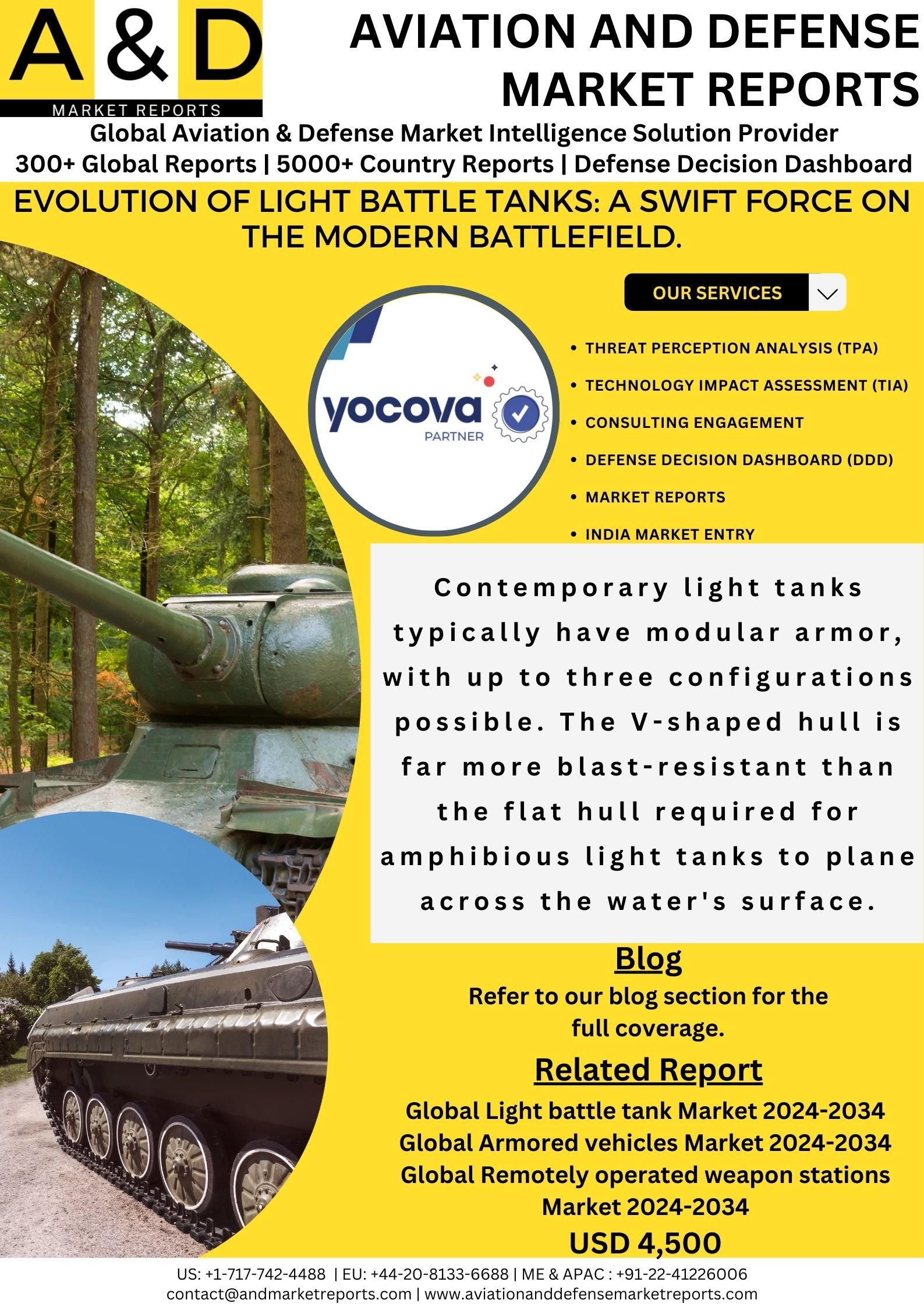In the ever-changing landscape of modern warfare, the role of armored vehicles has undergone a significant transformation. One class of armored vehicles that has garnered attention for its agility, firepower, and versatility is the Light Battle Tank (LBT). This compact and mobile war machine is designed to swiftly navigate various terrains while delivering a formidable punch to adversaries. In this blog post, we will explore the evolution, characteristics, and strategic importance of Light Battle Tanks in contemporary military operations.
The Genesis of Light Battle Tanks:
The concept of Light Battle Tanks traces its roots back to the mid-20th century, evolving from the traditional Main Battle Tanks (MBTs) that were heavy, heavily armored, and often characterized by slower mobility. The need for a more nimble and rapid armored platform became evident as military strategists recognized the importance of maneuverability on the modern battlefield.
The development of Light Battle Tanks gained momentum during the latter half of the 20th century, with nations seeking a balance between firepower and mobility. The result was a new class of armored vehicles that combined the best attributes of tanks and armored reconnaissance vehicles, giving birth to the concept of Light Battle Tanks.
Characteristics of Light Battle Tanks:
Mobility:
Light Battle Tanks are designed for high mobility, making them adept at traversing various terrains quickly. This enhanced mobility allows for rapid deployment and agile maneuvering, enabling them to exploit weaknesses in enemy defenses and respond swiftly to changing battlefield dynamics.
Firepower:
Despite their compact size, Light Battle Tanks are equipped with potent firepower. Typically armed with a main gun, often in the 75mm to 105mm range, as well as secondary weapons such as machine guns, these tanks can engage both armored and infantry targets effectively. Advanced targeting systems enhance accuracy, contributing to their lethality on the battlefield.
Armor:
While not as heavily armored as their Main Battle Tank counterparts, Light Battle Tanks incorporate a balanced level of protection. Advanced composite materials and modular armor designs are employed to provide adequate defense against a variety of threats, including small arms fire, artillery shrapnel, and anti-tank munitions.
Versatility:
Light Battle Tanks are versatile platforms that can be adapted for various roles on the battlefield. They can serve as reconnaissance vehicles, engage in urban warfare, and operate in terrains where heavier tanks may face challenges. Their adaptability makes them valuable assets in diverse military scenarios.
Strategic Air Transportability:
One of the key advantages of Light Battle Tanks is their ability to be transported swiftly by air, allowing for rapid deployment in theaters of operation. This feature enhances strategic mobility, enabling military forces to respond quickly to emerging threats or crises.
Operational Significance:
Urban Warfare:
The agility and compact size of Light Battle Tanks make them well-suited for urban warfare scenarios. Their ability to navigate through narrow streets and engage enemy forces in confined spaces gives them a distinct advantage in such environments, where traditional heavy tanks might struggle.
Reconnaissance and Surveillance:
Light Battle Tanks are often employed in reconnaissance and surveillance roles, utilizing their mobility to gather critical intelligence on enemy positions and movements. Equipped with advanced sensors and communication systems, these tanks can relay real-time information to command centers, enhancing situational awareness for military commanders.
Rapid Deployment:
The strategic air transportability of Light Battle Tanks allows military forces to deploy them quickly to distant locations. This capability is particularly valuable in scenarios where rapid response is crucial, such as peacekeeping missions, counterinsurgency operations, or humanitarian assistance efforts.
Force Multiplier:
Light Battle Tanks serve as force multipliers, complementing heavier armored units in combined arms operations. Their agility and ability to exploit terrain effectively disrupt enemy plans and create opportunities for more substantial mechanized forces.
Latest Developments
The United States Army is ramping up production of its newest light tank, the M10 Booker, formerly known as the Mobile Protected Firepower (MPF) system. The M10 Booker armored combat vehicle is primarily intended to support infantry brigade combat teams on the battlefield, rather than to fight alongside larger M1 Abrams main battle tanks in combined arms battalions. Last year, the Army renamed the MPF as the M10 Booker. The air-transportable M10 Booker is a viable option for US and allied rapid-deployment forces because the light tank can be flown to global hot spots in hours rather than days or weeks aboard ocean-going transport ships.
The prototype of India’s indigenously developed light tank, designed primarily for deployment in Himalayan border regions along the disputed border with China, is expected to begin trials later this month, with at least 354 built for the Indian Army (IA). The Zorawar, a 25-tonne air-transportable and amphibious light tank, would undergo extensive high-altitude trials. The Indian Army ultimately intends to induct seven light tank regiments of approximately 315 tanks, with another 40-odd platforms in reserve, for which the Ministry of Defence (MoD) granted an Acceptance of Necessity (AoN) in December 2021.
Conclusion:
The evolution of Light Battle Tanks represents a paradigm shift in armored warfare, emphasizing the importance of agility and versatility on the modern battlefield. As military doctrines continue to adapt to emerging threats and operational requirements, the role of Light Battle Tanks is likely to expand further. These formidable machines, balancing mobility and firepower, showcase the ongoing efforts to optimize armored capabilities for the challenges of the 21st century. In an era where the nature of conflicts is diverse and unpredictable, Light Battle Tanks stand as a testament to the innovation and adaptability inherent in military technology.
Recent Work:
- The Evolution Of Airborne ISR: Unraveling The Power Of Intelligence, Surveillance, And Reconnaissance
- The Evolution Of Warfare: Exploring The Impact And Controversies Of Loitering Munitions
- Unleashing Power: A Deep Dive Into Tank Ammunition
- Mastering The Depths: The Art And Science Of Anti Submarine Warfare
- Revolutionizing Defense: The Impact Of Additive Manufacturing On Military Capabilities
